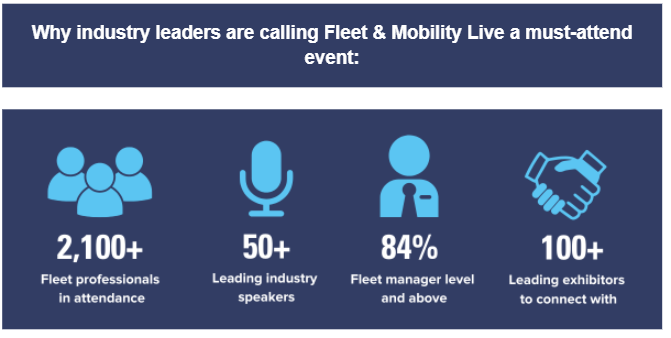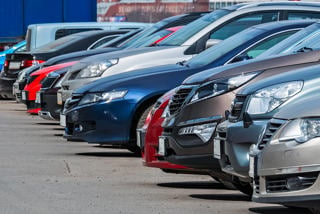Employees using their own cars for business, and those who drive for business but fall outside the traditional fleet department parameters, can present a serious cost and compliance issue for employers.
Managing the grey fleet is therefore essential for any business looking to mitigate risk and reduce costs.
In larger firms this responsibility usually falls on the fleet department, but in smaller businesses it may be a non-fleet professional who has to keep these drivers and vehicles in check.
During the ‘Grey Fleet Management: reducing costs and staying compliant’ seminar, sponsored by Ayvens, at Fleet and Mobility Live, a panel of expert fleet managers outlined the key factors to effective grey fleet management.
Matthew Hammond, head of fleet & plant at Altrad Services, explained that in his business anybody who drives on company business that isn’t given a company car sits under grey fleet.
He said: “We split it down into two areas where you got the cash takers, so they get the cash allowance incentive, or the occasional users who don't get the cash allowance but get the enhanced pence per mile rates.
“But it's all managed through the fleet team. We treat every driver the same across our business. It doesn't define whether they’re a company car driver, a van driver or grey fleet, everybody gets the same level of compliance and governance. We go through the same checks and balances, whoever they are and whatever section they’re in.”
A similar tactic is employed by The AA.
Speaking to delegates, Duncan Webb, fleet director at The AA, explained: “We actually integrate our grey fleet policy within our company car policy. The rule set is very common.
“Where we deviate slightly is how much we impose on casual users, in particular what types of vehicle they are allowed to operate. And that's one of the big challenges, because it's scope three when it's grey fleet, rather than scope one emissions. So that's one of the big challenges - how do you balance that out to do the right thing for your ESG agenda?”
Reducing emissions is a major priority for all businesses, but this can be harder when an employee is required to use their personal car for work. Some fleets impose CO2 caps on the cars that are eligible for mileage reclaim and other also use age limits. The AA caps drivers to five-year-old cars, while Stannah imposes a seven-year age limit.
Denise Hawkins, fleet manager at Stannah Management Services, said: “We have discussed internally about putting a CO2 cap in for the cash takers but one thing we have put into our policy is that any new vehicle that they get should be greener than the previous vehicle. And another aspect that we also put in there, is basically hitting them in the wallet. So, they get the advisory fuel rates back, but we kept that at a two-litre, and so if they've got larger than a two-litre engine, they're not getting that little bit. And yes, it's only like a penny or two every mile, but it can add up. So, it does kind of financially encourage them to go a little bit greener.”
During the seminar, the panel suggested a number of ways businesses can avoid employees having to use their own cars. These included keeping a pool car fleet, using car clubs or daily rental and encouraging the use of public transport, where viable.
For those occasions when grey fleet is the only option, Matt Walters, head of consultancy services & Customer Value at Ayvens, summarised: “As a fleet manager, or wherever your responsibility lies, don't bury your head in the sand. Make sure you recognise that you have grey fleet. Make sure you understand what it means, make sure it you understand what the responsibilities are and how you control it make sure you are checking insurance certificates and that you are checking MOTs.
“DVLA reg-check is a really good way to do it in the absence of anything else, very quickly, check if something's taxed and insured. So again, use those services available to you, but make sure you are doing something.”
























Login to comment
Comments
No comments have been made yet.